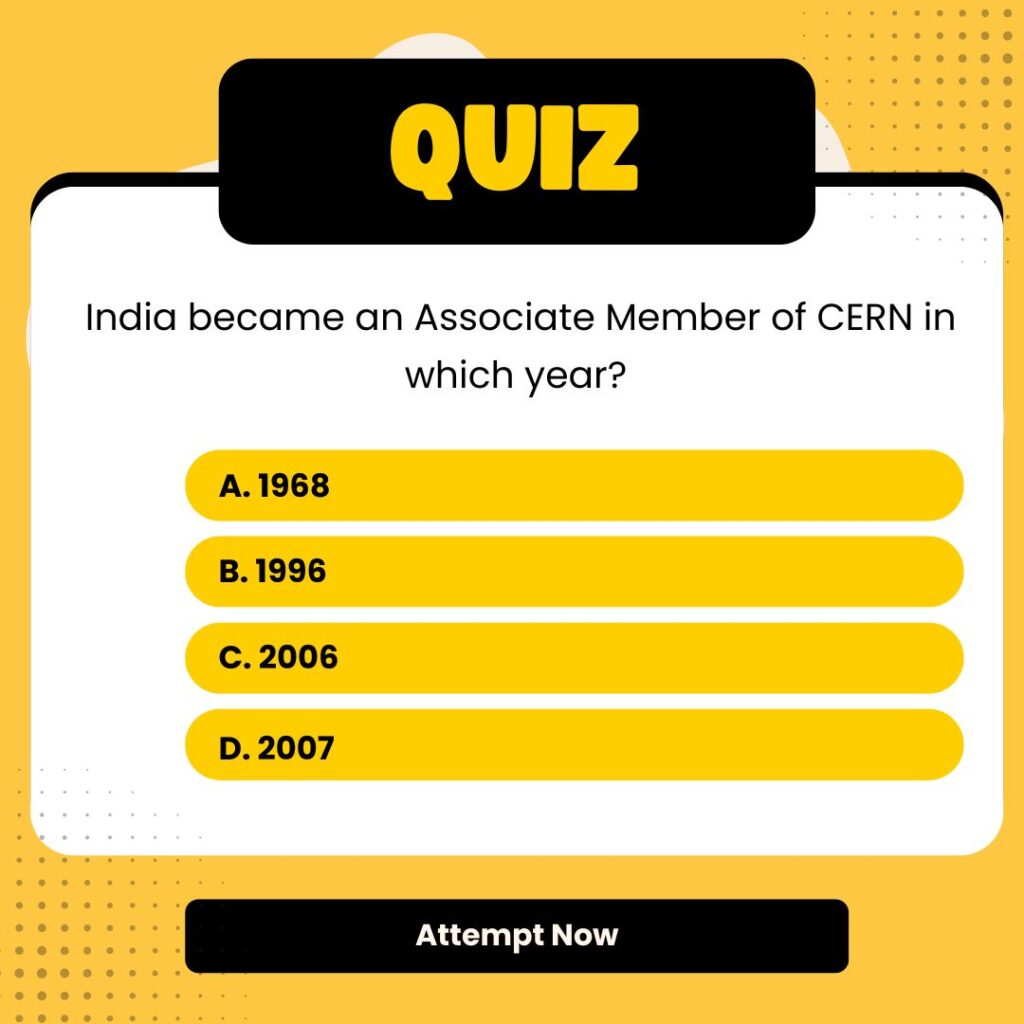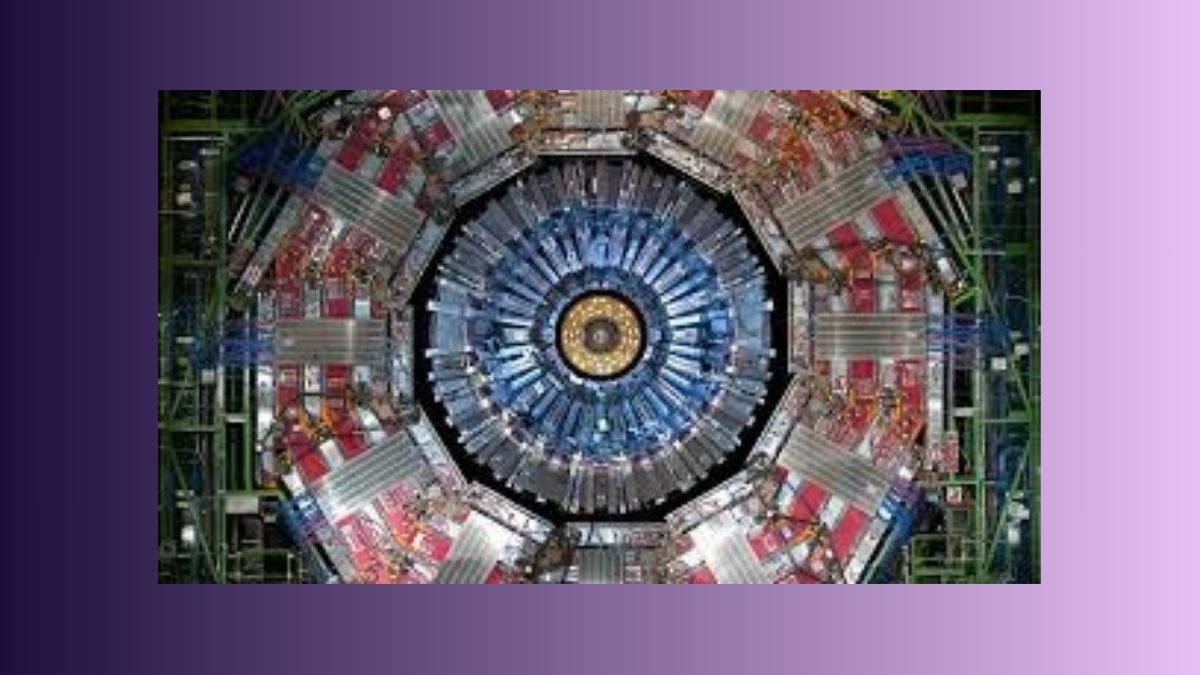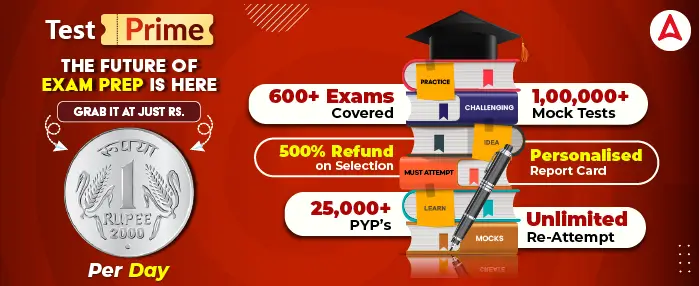India has once again demonstrated its prowess in global scientific collaboration as the 2025 Breakthrough Prize in Fundamental Physics has been awarded to teams involved in the Large Hadron Collider (LHC) experiments at CERN, Switzerland. Indian researchers, who have long been key contributors to the ALICE and CMS experiments, are being celebrated for their critical roles in cutting-edge physics research that explores the building blocks of the universe.
Why in News?
The 2025 Breakthrough Prize in Fundamental Physics—considered the “Oscars of Science”—has been awarded to co-authors of scientific papers based on LHC’s Run-2 data from 2015 to mid-2024. India, a long-standing partner in CERN’s LHC experiments, played a key role in both ALICE and CMS collaborations, and the award highlights the global impact of its contributions.
About the Breakthrough Prize
- Established in 2012 by tech leaders like Sergey Brin and Mark Zuckerberg.
- Carries a prize of $3 million, among the richest in science.
- Recognizes transformative advances in Fundamental Physics, Life Sciences, and Mathematics.
CERN and LHC – Background
- CERN: European Organization for Nuclear Research, based in Geneva.
- LHC: World’s most powerful particle accelerator, used to collide protons and heavy ions at near-light speeds.
- Primary goal: Understand fundamental forces and particles like the Higgs boson, quark-gluon plasma, and matter-antimatter asymmetry.
India’s Long-standing Involvement
- Initial Involvement: Began in 1960s via TIFR.
- Formal Cooperation: India signed a Cooperation Agreement in 1991, and a MoU in 2009.
- Observer Status in 2002; became Associate Member State of CERN in 2017.
India’s Role in ALICE & CMS Experiments
ALICE (A Large Ion Collider Experiment)
- Institutions: VECC, SINP, IOP-Bhubaneswar, IIT Mumbai, Panjab Univ., AMU, etc.
Contributions
- Photon Multiplicity Detector (PMD) and Muon Spectrometer
- Research on quark-gluon plasma, resonance production, event fluctuations
CMS (Compact Muon Solenoid)
- Institutions: DU, IISc, BARC, TIFR, IITs, NISER, IISERs, BIT Mesra, etc.
Contributions
- Trigger systems, Silicon Preshower Detector, Resistive Plate Chambers
- Major research in Higgs boson, top-quark, BSM physics
Technical Contributions Beyond Experiments
BARC and RRCAT developed,
- Superconducting magnets, cryogenics, beam instrumentation
- Collimators, vacuum chambers, radio-frequency systems
Role in Global LHC Computing Grid (WLCG)
- India hosts Tier-2 centers at TIFR, VECC.
Contributions
- 17,400 cores and 12 PB storage
- Over 17.5 million ALICE jobs supported in 15 years
Training and Knowledge Transfer
- Over 110 PhD theses and 130+ papers from ALICE & CMS data
Students gain exposure to,
- Scientific computing
- Instrumentation
- International collaboration
Future Indian Contributions
- ALICE: Developing Forward Calorimeter (FoCal) for photon/pion precision.
- CMS: Working on Phase-2 Upgrades including:
- Outer Tracker (OT), Gas Electron Multiplier (GEM), High Granular Calorimeter (HGCAL), and Trigger systems.
| Summary/Static | Details |
| Why in the news? | Rashtrapati Bhavan Hosts Artists-in-Residence Programme to Promote Folk Art |
| Award | Breakthrough Prize in Fundamental Physics 2025 |
| Indian Involvement | ALICE & CMS experiments at CERN |
| Key Institutions | TIFR, BARC, IISc, IITs, DU, VECC, SINP, NISER, IISERs, BIT Mesra, etc. |
| Major Contributions | Detector design, software, data analysis, computing, hardware development |
| Future Projects | ALICE FoCal, CMS Phase-2 Upgrades |
| Recognition | Celebrates India’s leadership and collaborative role in global science |




 India’s Homebound Enters Oscar 2026 Shor...
India’s Homebound Enters Oscar 2026 Shor...
 PM Modi Becomes First World Leader to Re...
PM Modi Becomes First World Leader to Re...
 Filmfare OTT Awards 2025 Winners List: B...
Filmfare OTT Awards 2025 Winners List: B...







